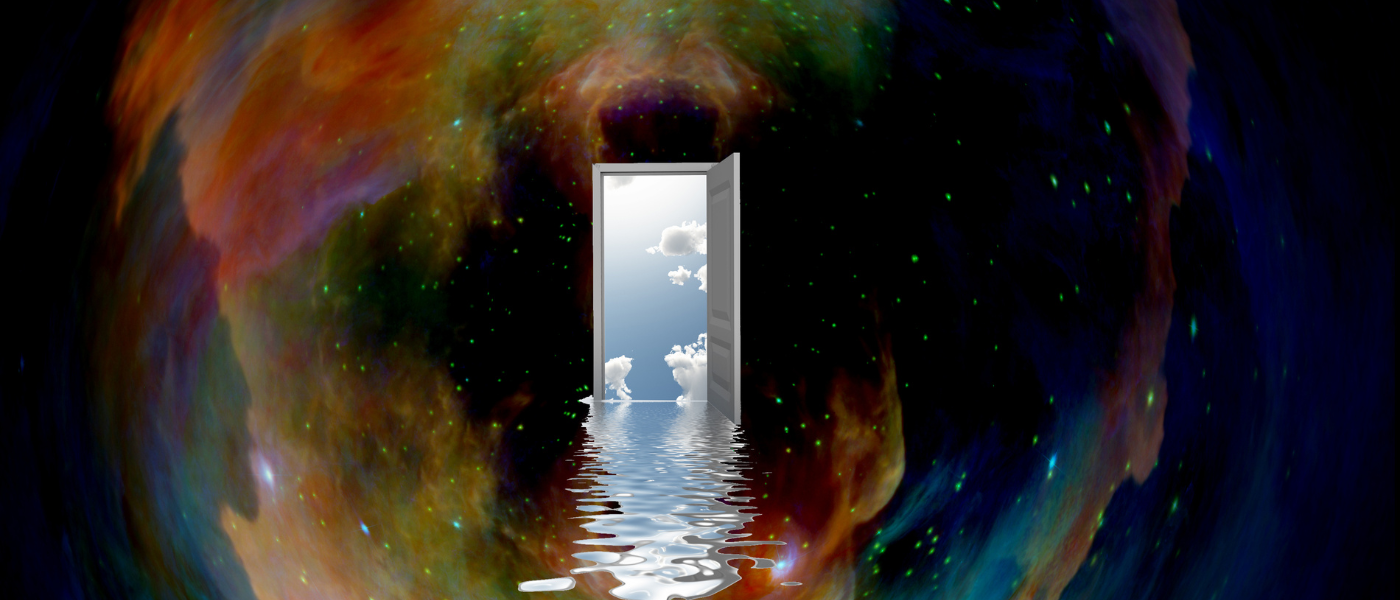A process piece by Jasmine Gui
What shaped you at a time that you didn’t know you were being shaped?
Jasmine Gui was one of our Summer 2024 Digital Residents. As a part of this program, we give our residents the option to publish an excerpt of their work, write a process piece, or have a Q&A with us. Here, Jasmine shares a process piece based on a question we asked during one of our sessions — What shaped you at a time that you didn’t know you were being shaped? — which is a question Alexander Chee asked during one of his lecture in 2022. You can see her full piece below. You can read more Spotlights here.
What shaped you when you didn’t know you were being shaped?
In 2018, at the Musée d’art contemporain de Montréal, I meet Rafael Lozanzo-Hemmer’s Volute 1, Au clair de la lune and it overwhelms me. It is a small aluminium cloud sculpture that materializes Édouard-Léon Scott de Martinville’s recording of “Au clair de la lune” on his phonoautograph (the first known recording of human speech) in 1860. It feels right to me that the first record of speech is a folk song (that humble first poetry): By the light of the moon. By the light of the moon.

Since that encounter, my work has grown increasingly material. Air is archive of word. Hand is archive of intent. Shape is archive of presence. Word is both ground and its map.
- 記 (jì) – made of the radicals for word and self — record: to write down.
- 憶 (yì) – made of the radicals for heart and meaning — recall: to recollect.
- 記憶 (jìyì) – the words for memory: to write down and recollect.
I am taken with the function of language as surviving memory. I imagine my work as 記憶 and its solid and shadow selves, heart, meaning, word.
- 己 (jǐ) – the word for self — originally referring to the silk rope for binding objects.
To write is to bind is to shape the self. To bind is to hold the self back is to hold the self close.
I bind language and it binds me. This act is haptic. The relationship is sticky.
I learn about paper. Paper as archive: water, fibre, wood and the hands that pull it. I learn how to bind a book spine. Spine as archive: this is more or less self-explanatory.

I consider my practice open-ended but insistent. I begin with words and follow them into their material forms. They stack and blunt and stick and tear. Whenever the forms I make falter, I lower the silk rope of my self into the archives that overwhelm.
By the light of the moon. By the light of the moon.
Overwhelm (verb):
- bury or drown beneath a huge mass.
- defeat completely.
- give too much of a thing to (someone); inundate.
- have a strong emotional effect on.
- be too strong for; overpower.
Before Lozanzo-Hemmer’s speech cloud there was this:
In Honey and Clover, Chica Umino draws Hagu standing in a field filled with boxes stretched to the horizon. Hagu declares, “I want to open all of these boxes but there are too many of them to be opened in a single lifetime. I wish people lived to be 400 years old. That way I could do everything I want to do.”
I turn to face my practice as if standing in a field of unopened boxes. Here is everything I want to do and it is too much.





